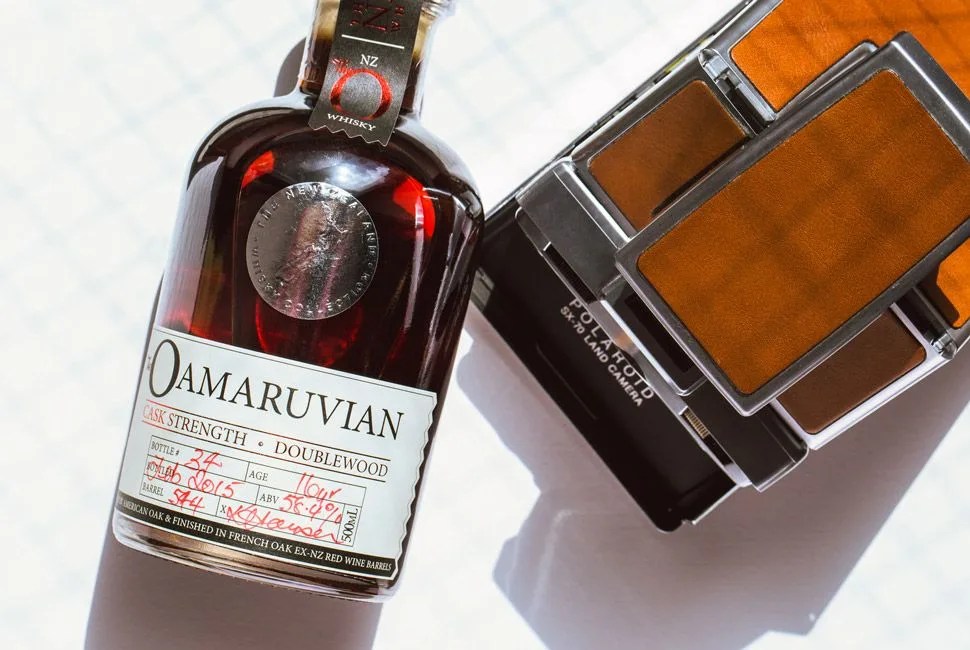There’s a reason you don’t know about New Zealand’s whisky making tradition. The last of the country’s prominent distillers, Willowbank, was shut down over a decade ago. Though a few newcomers like Thomson Whisky are hoping to eventually fill the void, how a country blessed with so many of the raw ingredients required for whisky production got to this point is a mystery.
Distilling expertise has been present on the islands since Scottish immigrants settled there in the 1830s, especially in South Island cities like Dunedin, whose name actually originates from the Scottish Gaelic name for Edinburgh “Dùn Èideann.” The country is also home to some of the purest water in the world — a critical ingredient that’s historically dictated the location of distilleries for centuries.
A halt in production didn’t prevent the enterprising group behind The New Zealand Whisky Company from seizing the chance at a new way forward. They acquired Willowbank’s remaining 443 barrels of cask-strength whisky in 2010 for the purpose of reselling it. The awards for their fresh bottlings of the old stock soon trickled in. A coveted “Liquid Gold” rating by Jim Murray’s Whiskey Bible for their South Island Single Malt 21 y.o. soon announced that New Zealand whisky making heritage couldn’t be forgotten just yet.
Their more recent Oamaruvian 16 Year Old DoubleWood (not yet available on their website) is admittedly a Frankenstein by many traditional whisky standards. It’s comprised of a special selection of casks containing their previously released Dunedin DoubleWood 15 Year Old, which stood out from the rest of the remaining stock thanks to strong notes of toffee, cream soda and flowers. The whisky itself is a cask-strength blend of 70 percent single malt and 30 percent “premium grain whisky” made from un-malted barley that aged for six years in American Bourbon barrels before being transferred for an additional 10 years in New Zealand red wine barrels made of French oak.
Like many New Zealand experiences, Oamaruvian 16 Year Old DoubleWood is an adventure you’re unlikely to forget, and it comes with one hell of a tale to tell.
Like the 15-year-old Dunedin DoubleWood it’s comprised of, the Oamaruvian 16 year is a rich ruby color. The influence of a 10-year nap in red wine is equally apparent on the nose through notes of dark fruits and a nuttiness pulled from the French Oak. It’s quite viscous in the glass, leaving thick oily tears with a swirl. Brighter fruits like strawberry come to mind with a taste, followed by refined sugars, vanilla and toffee. The ambling finish is dry and tart, concluding with a final kick of wine.
As 16-year-old whiskies go, this rare New Zealand dram makes a strong impression. Especially compared to more traditional single malts and premium blends of the same age. It’s rich, layered and bold.
